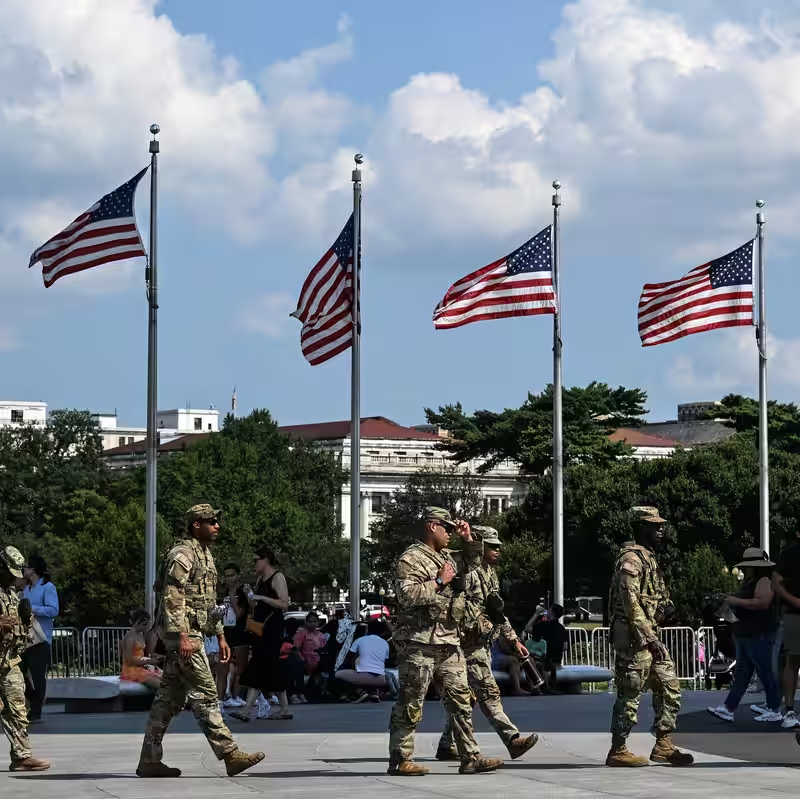The National Guard isn’t just a backup army—it’s a constitutional flashpoint where state sovereignty and federal power collide. With recent deployments sparking legal chaos and nationwide debate, understanding who controls the National Guard has never been more urgent.
Table of Contents
- What Is the National Guard?
- The Dual Control System: Governors vs. the President
- The Trump Deployment That Broke the Rules
- Legal Boundaries: The Posse Comitatus Act Explained
- Historical Context: When Has This Happened Before?
- Sources
What Is the National Guard?
The National Guard is a unique hybrid force—part military, part civilian. Composed of nearly 450,000 part-time soldiers and airmen, it serves as the primary reserve for both the U.S. Army and Air Force. Most Guard members juggle civilian careers or college alongside weekend drills and annual training.
Crucially, the Guard isn’t just for overseas wars. It’s often the first line of defense during hurricanes, wildfires, floods, and civil unrest. In fact, the Army National Guard is the oldest component of the U.S. military, dating back to 1636.
The Dual Control System: Governors vs. the President
Here’s where it gets complicated: who controls the National Guard depends on the situation.
| Authority | Activation Power | Typical Use Cases |
|---|---|---|
| State Governor | Full command under “state active duty” | Natural disasters, local emergencies, civil disturbances |
| President of the United States | Can federalize Guard units | War deployments, national emergencies (usually with governor’s consent) |
Normally, presidential activation happens only after a governor requests help—like in 1992, when California’s governor asked President George H.W. Bush to send in the Guard during the Rodney King riots.
The Trump Deployment That Broke the Rules
But in summer 2025, everything changed. President Trump ordered the California National Guard onto the streets of Los Angeles during protests against his immigration crackdown—without Governor Newsom’s approval.
This marked the first time since 1965—during the civil rights marches in Selma—that a president overrode a governor to deploy state troops. The move triggered a multistate legal battle, with critics calling it an unprecedented power grab.
Legal Boundaries: The Posse Comitatus Act Explained
A federal judge swiftly ruled the Los Angeles deployment illegal, citing the Posse Comitatus Act of 1878. This 150-year-old law prohibits using federal military forces for domestic law enforcement—essentially banning a “national police force.”
By federalizing the Guard against the governor’s will and using troops to quell protests, the court argued, the administration blurred the line between military and police, violating both the spirit and letter of the law.
Historical Context: When Has This Happened Before?
While rare, federal overrides aren’t unheard of:
- 1957: President Eisenhower federalized the Arkansas National Guard to enforce school desegregation in Little Rock.
- 1965: President Johnson sent federal troops (not the Guard) to protect civil rights marchers in Alabama.
- 1992: Federal Guard deployment in L.A.—but only after California’s governor requested it.
What made the 2025 incident different? The lack of state consent—and the use of troops for protest control, not public safety.
Sources
The New York Times: “What is the National Guard?”
Official National Guard Website
Posse Comitatus Act – U.S. Code Title 18, Section 1385




